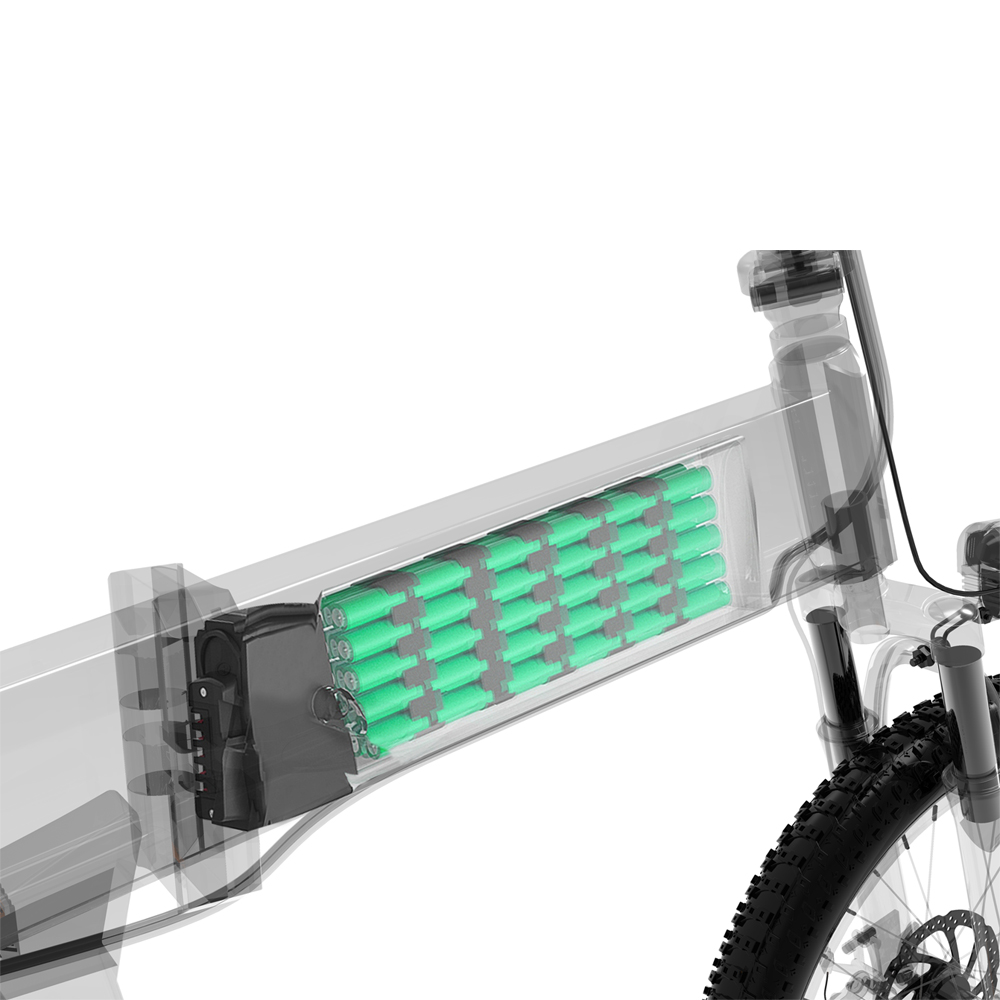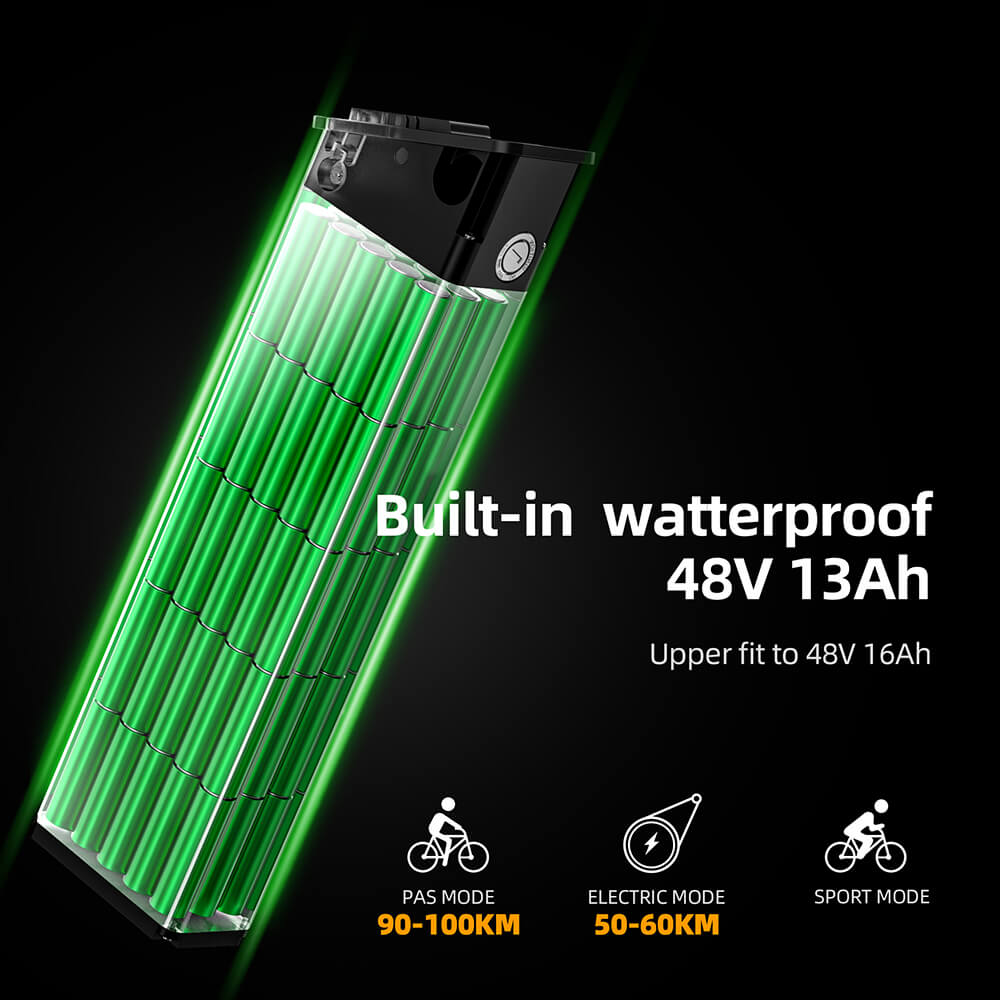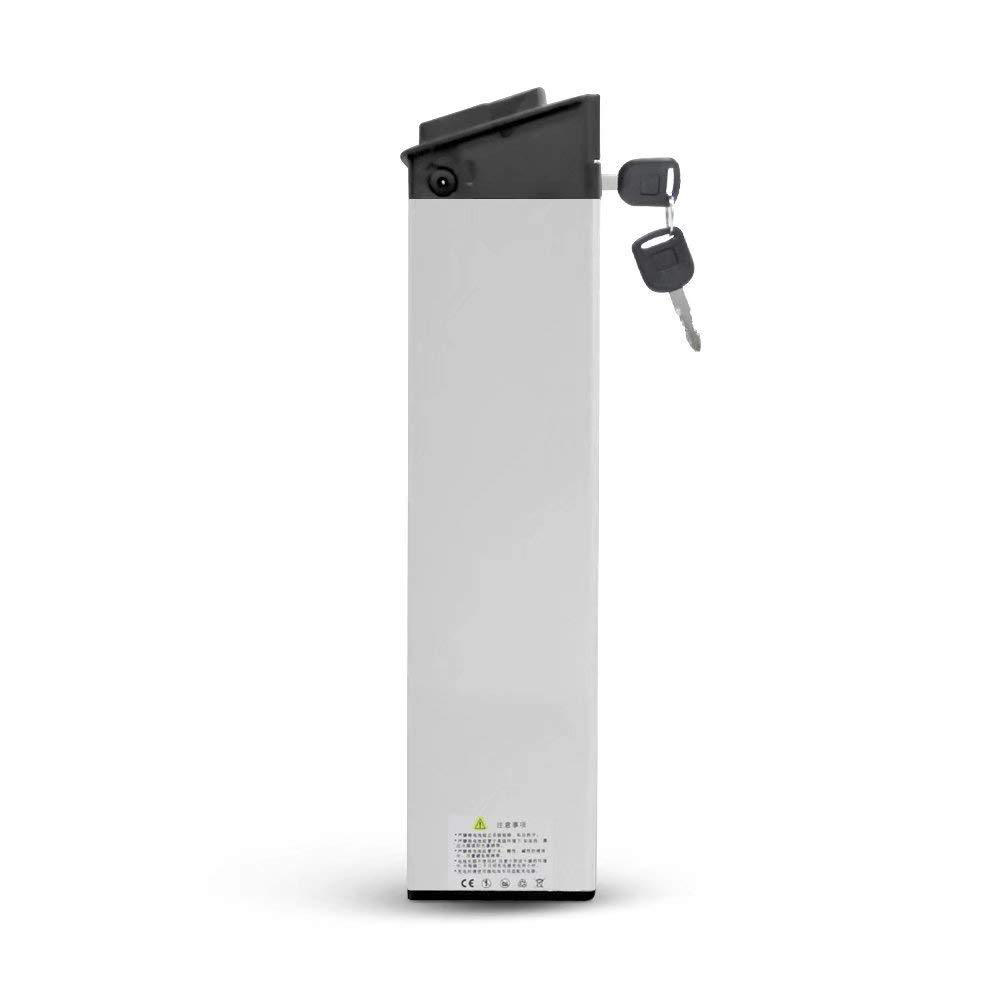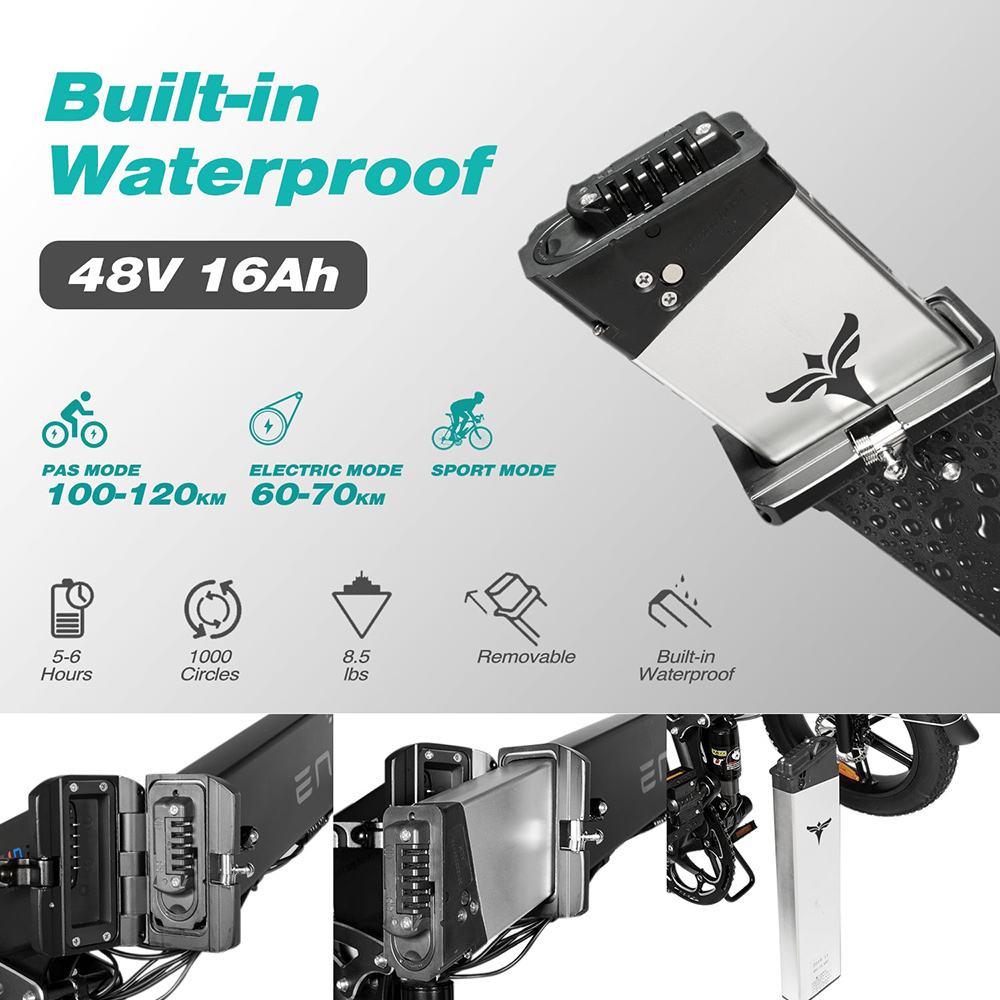How Long Does it Take to Charge an Electric Bike?

If you’re wondering how long it takes to charge an electric bike, just read on. Today, we’ll discuss how to calculate the time (and cost) for charging your e-bike battery. We will also discuss some useful tips and debunk a common myth that unnecessarily complicates the life of e-bike users. So, let’s start!
How Long Does it Take to Charge an Electric Bike?
Most Lithium-ion batteries that are used in electric bikes today can be recharged in 3.5 to 6 hours when fully depleted. If the battery already has a partial charge inside (say, it’s half-discharged), it will then take less time for a full recharge.
The exact charging time of a battery, however, depends on its size or capacity (measured in ‘Amp-hours’) as well as the ‘Ampere’ rating of the charger (which basically shows how fast a charger can recharge a certain battery).

The charging time varies directly with the size of the battery and inversely with the ‘Amp’ rating of the charger. If you want to calculate it yourself, you can use the following formula:
Charging time (in hours) = Capacity of your battery (in Amp-hours) ÷ Current flow rate of your charger (in Amps)
In other words, if you have a 10.4Ah battery (such as in the Engwe C20), a 2A charger will take 5.2 hours to recharge it from a fully-discharged state. However, when you account for energy losses (which usually hover around 15%), the actual charging time will come out to be 6 hours. A 4A charger will cut down this time in half, to just 3 hours.


Luckily, there’s a way to shorten the charging time. A Lithium-ion battery that takes 6 hours for a full recharge will be 90% charged in around 4 hours – and the rest of the time will be used for “topping off” the battery cells. It means you don’t need to wait till your battery is juiced up to a full 100%!
In case you’re interested in finding the cost of charging your battery, you can do that too with a simple formula. Just multiply the energy content of your battery (in kilowatt-hours) by the cost of one unit of electricity.
For instance, in the case of the Engwe C20, charging its 36V 10.4Ah (or 374.4Wh) battery will cost you less than 5 cents, assuming an average electricity cost of €0.13 per kWh. In other words, you’ll be able to cruise up to 80km (50 miles) in less than 5 cents!
How Long Does it Take to Charge an Engwe Electric Bike?
Most of the electric bikes that we offer at Engwe take 4-5 hours for a full charge.
However, the biggest battery that we carry – the gigantic 36V 19.2Ah Lithium unit in the C20 Pro – takes around 6 hours, and that too with a fast 3A charger. This 691.2Wh powerplant costs under 9 cents for a full recharge (at the average electricity cost of €0.13 per kWh) to give a whopping mileage of 150km!
Our batteries feature a removable and lockable design that allows you to charge them both on and off the frame. This mechanism can really help those users who don’t have an electrical socket in their garage.
An important thing to note is that you don’t need to completely discharge your battery before recharging it again. It’s a common myth that unnecessarily complicates the life of e-bike users.
Lithium-ion batteries (not just the ones we use, but all of them) have no “memory” which enables them to be charged at any time – just as you can put fuel in your car at any time. In fact, recharging your battery after every ride, even after a brief stroll, is highly recommended.
How Many Charges Can You Get From a Battery?
At Engwe, our batteries are rated at 1,000 charge cycles. But keep in mind that if you recharge a battery that has 50% charge remaining in it, that will count as a half cycle… and the battery will maintain its efficiency for 2,000 charges in this case. It means you can expect our batteries to last for tens of thousands of kilometers!
Our batteries feature an advanced Battery Management System that protects them from over-charge, over-discharge, over-current, short-circuit, over-heat, and high-temperature to ensure longevity. However, we still recommend you avoid exposing your battery to high temperatures, such as direct sunlight, for prolonged periods.
What are Some Useful Electric Bike Charging Tips?
Here are some more useful charging tips that will not only help you get more mileage from your battery but will also increase its overall service life.
Charge your battery regularly
It might come as a surprise to you but Lithium-ion batteries work efficiently and last longer if they’re charged and discharged regularly. That’s why we highly recommend you charge your battery after every ride.
If your e-bike is not in use and you have to store your battery, never store it while it’s empty. Make sure it has at least 50% of charge inside it, and store it in a dry place that is neither too hot nor too cold.
If you have to store the battery for a longer interval, make sure to recharge it at least once a month.
Follow ‘shallow’ charges & discharges
As we mentioned above, you don’t need to completely discharge your battery before recharging it again. It’s not good for the battery. Most battery manufacturers recommend charging your battery as soon as you can.
Samsung recommends making sure the batteries are never drained below 20%.
Likewise, you should not overcharge your battery and should plug it out as soon as it is full. Charging the battery to 90-95% and not full 100% is even better, as it maximizes its long-term efficiency.
However, a new battery is recommended to be topped to a full 100% the first time you charge it.
Use safe practices while charging
Whenever you charge your battery while it’s inside the electric bike, make sure the ignition lock is turned off and the motor isn’t functioning. If there’s a separate switch for the battery, make sure to switch it off as well.
If you’re charging the battery outside the frame, make sure neither the charger nor the battery is near any flammable substance. Also, make sure never to charge the battery at temperatures below 0°C/ 32°F.
Avoid experimentation of any kind
You must only use the charger that comes with the battery. In case it gets damaged due to any reason, you should get another unit from the manufacturer rather than experimenting with a different charger.
Using a different charger can seriously damage your battery and can void the warranty on it, for almost all brands out there.
Another important thing to note is that your battery is compatible with your e-bike alone. You should never try to use it to operate any other device or another e-bike.
Read the literature that comes along
Last but not least, make sure to carefully read the literature that comes with your e-bike as it contains specific do’s and don’ts about your charger and your battery that you must adhere to no matter what.
In case you have any queries about charging your electric bike or anything else, it is better to reach out to the manufacturer and get guidance from their support team.

How to Get More Mileage Per Charge?
If you want to increase the mileage (or range) that you get for every charge of your battery, there are quite a few riding tips that can help you do that.
First of all, make sure your bike isn’t carrying any unnecessary load. Also, don’t ride at super-fast speeds as it leads to more energy losses. You might also want to use a lower level of pedal assistance and steer away from frequent throttle use.
Avoid any ascents or climbs whenever possible… and if not, make sure to use lower gears to amplify your motor output. When on downgrades, make sure to shift to higher gears so as to let the motor rotate in its ideal RPM range.
Don’t forget to adequately air up your tires because low pressure flattens them out and increases the rolling resistance, eventually putting more strain on the battery. Also, be mindful of your riding posture at all times.
The most important thing, however, is your ride style. Maintaining a constant pedaling cadence significantly increases your range, while frequent starts/ stops lead to energy losses and, therefore, reduced mileage. So, be mindful of that as well and avoid stop-and-go traffic whenever possible.
With these tips, we’d like to end our guide on e-bike charging. If you have any queries, reach out to us and we will be happy to address them. And if you’re interested, you can explore our lineup of electric bikes here.
Hope it was an informative read!


